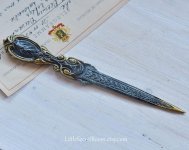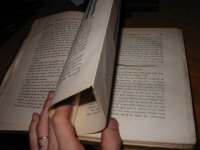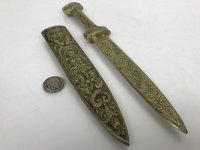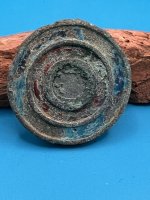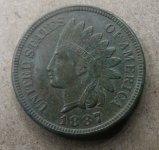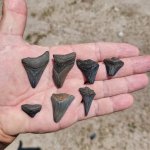Noah_D
Bronze Member
- Dec 14, 2017
- 1,593
- 3,491
- 🏆 Honorable Mentions:
- 1
- Detector(s) used
- Nokta Makro Simplex+, Garrett ACE 300, Carrot
- Primary Interest:
- Metal Detecting
I am not sure what this is made of but I think possibly brass or bronze... it is non-magnetic and somewhat heavy. I found it at a house from around the 1890s just outside of cleveland, which I was told used to be a shop. the front yard was very small and I was surprised to even get a couple of targets; this, a modern quarter, and two or three modern pennies. If anyone has any idea what this might be please let me know!
Thanks in advance, Noah
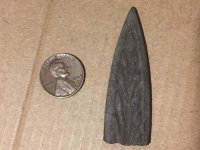
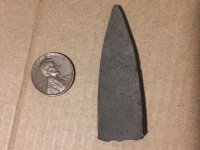
Thanks in advance, Noah




